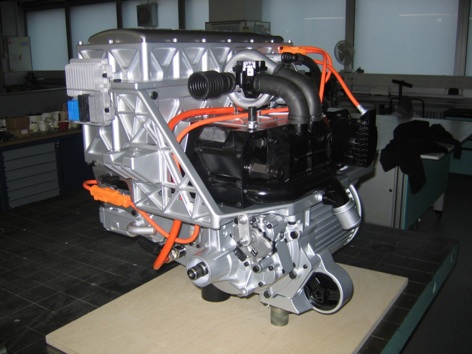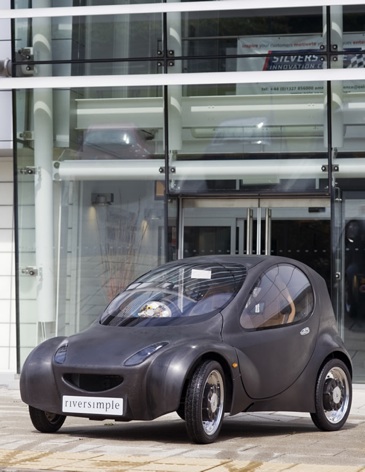
We’ve put together a panel from the hydrogen vehicle community, including vehicle developers, fuel cell specialists, hydrogen storage developers and the industrial gas sector to answer your questions on how this long-standing and promising technology might be deployed in electric vehicles in the coming decades.
Fuel cells, which combine hydrogen and oxygen to produce electricity, are not a new technology; they date back almost two centuries, with the first discoveries in the field back in the late 1830s. Their first commercial use was over a century later, providing electrical power for NASA’s space probes, including the command and service modules of the Apollo Missions. Fuel cells are used by many organisations as part of their back-up power systems; some have even been integrated with solar cells and other renewable electricity generation systems to provide the current to make the hydrogen by electrolysing water.
More recently, fuel cells have been seen as one of the most promising technologies for electric cars, as they would fit into an infrastructure similar to that used by internal combustion engine vehicles: hydrogen would be sold at fuel stations where drivers could quickly fill up a storage tank via a pump from a large reservoir. Several large automotive companies, including Nissan, GM, BMW, Toyota and Mercedes-Benz, have produced demonstration fuel cell-powered vehicles, and around 100 fuel cell buses operate around the world. Over this summer, a small fleet of hydrogen-powered taxis operated in London.

But there are still many problems which need to be overcome for a larger deployment of hydrogen-powered vehicles. How can flammable, explosive hydrogen be transported and stored safely, both at fuel stations and in vehicles? How can the cost of fuel cells be reduced so that vehicles are within the budgets of every driver; and how can their performance be improved so that they deliver the power necessary for operation in all weather conditions? How much hydrogen would be needed to meet demand, and how should this be produced?
Answering your questions will be:
- Graham Cooley, chief executive officer of ITM Power, a UK company which develops fuel cells and hydrogen storage systems;
- Gérard Planche, fuel cell vehicle customer deployment manager at General Motors, which hopes to launch its HydroGen4 vehicle in 2015;
- Hugo Spowers, chief engineer of Riversimple, a company developing vehicles and infrastructure systems for networks of small fuel cell-powered city cars;
- Markus Bachmeier, head of hydrogen solutions at industrial gases specialist Linde.
Thanks for your questions. Comments are now closed.





Nanogenerator consumes CO2 to generate electricity
Nice to see my my views being backed up by no less a figure than Sabine Hossenfelder https://youtu.be/QoJzs4fA4fo